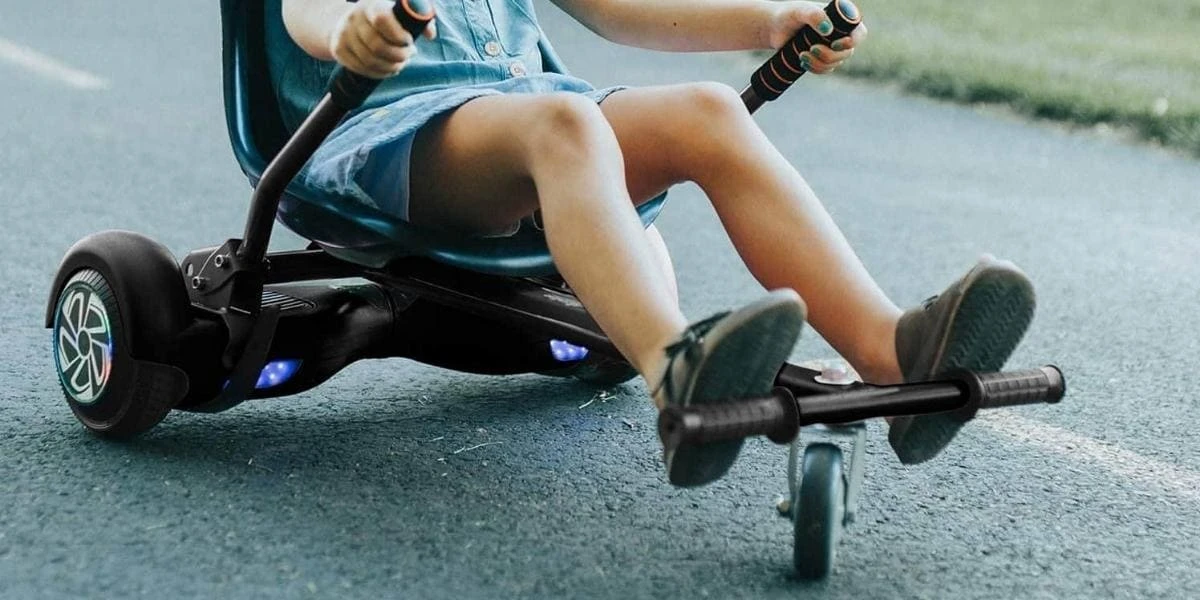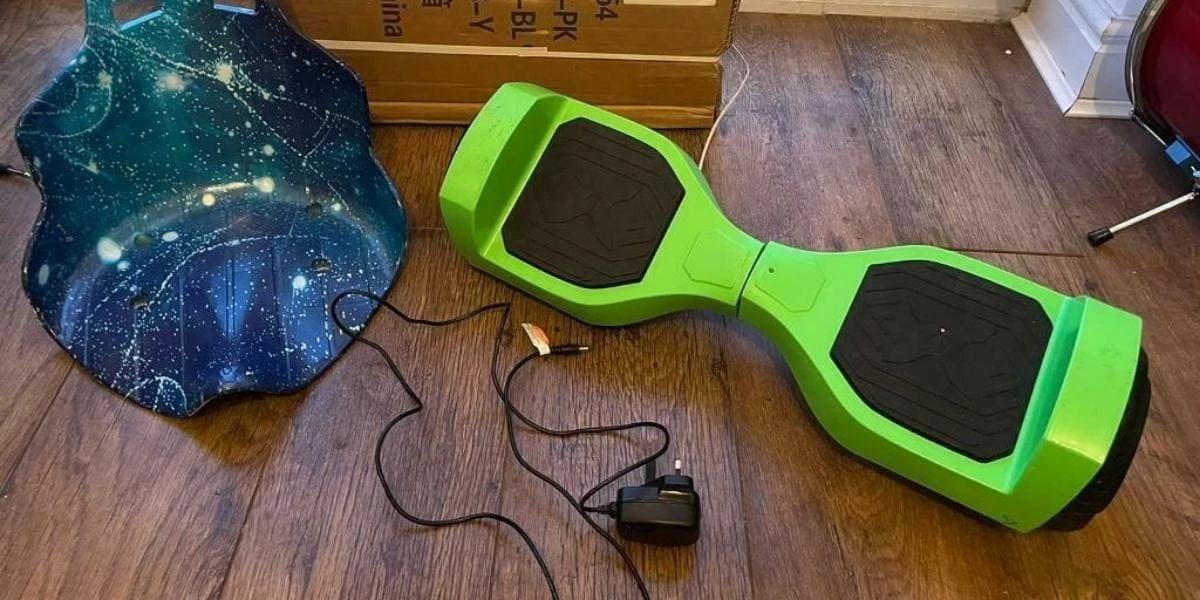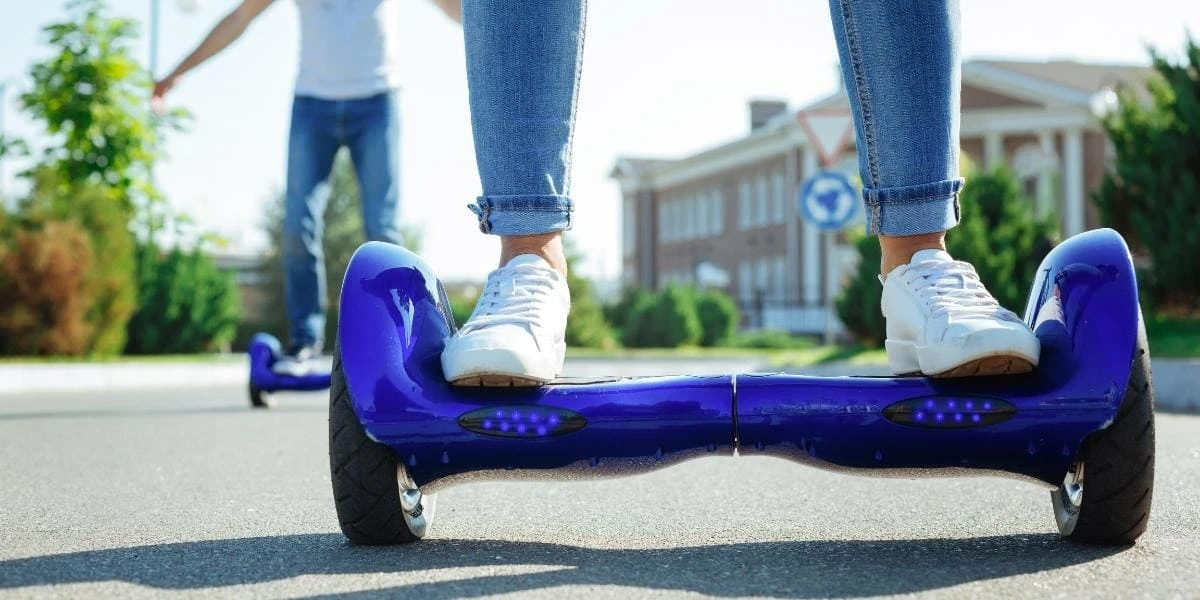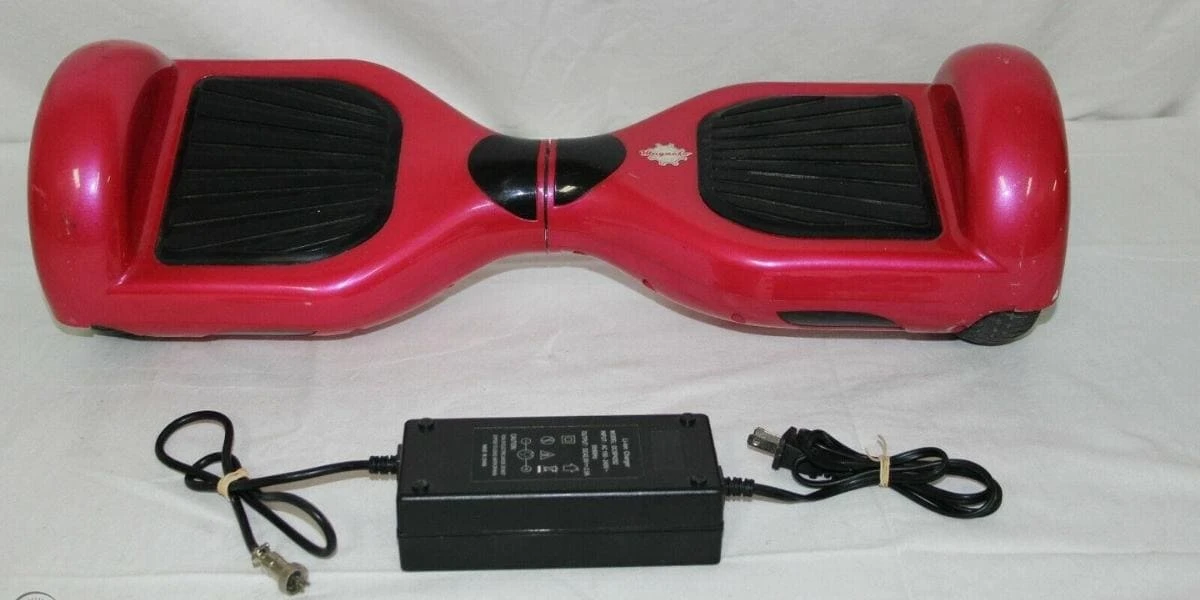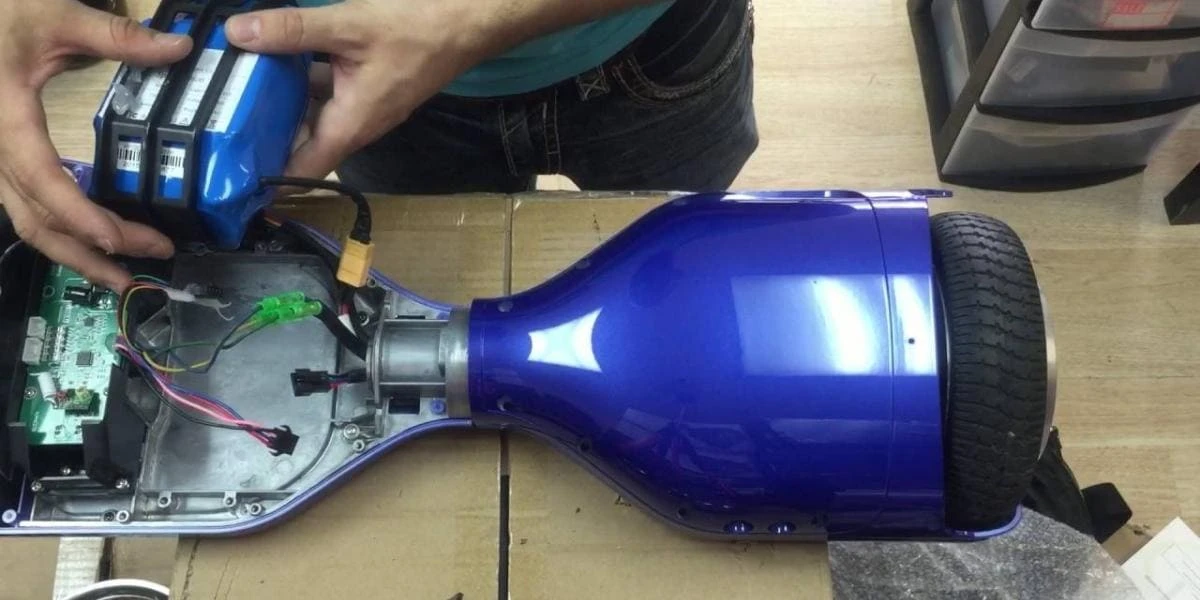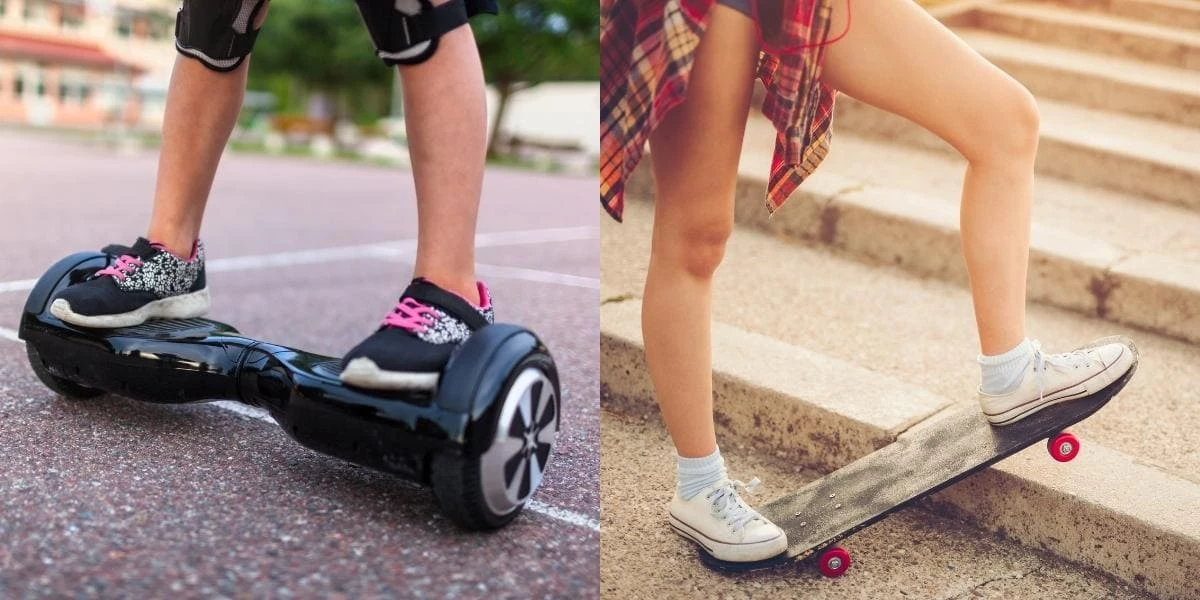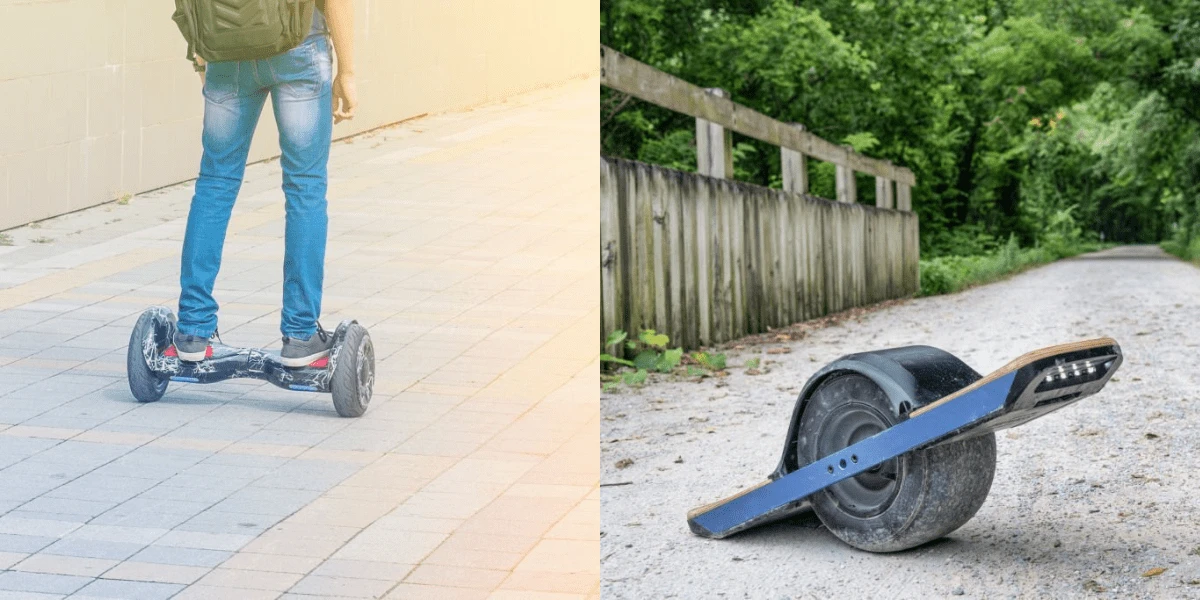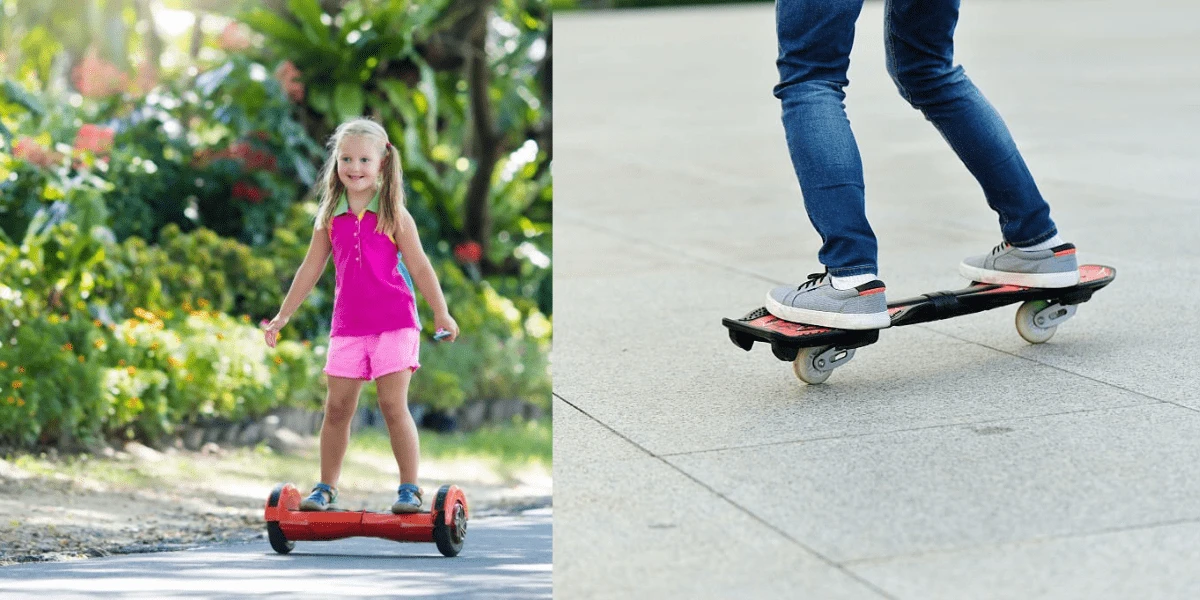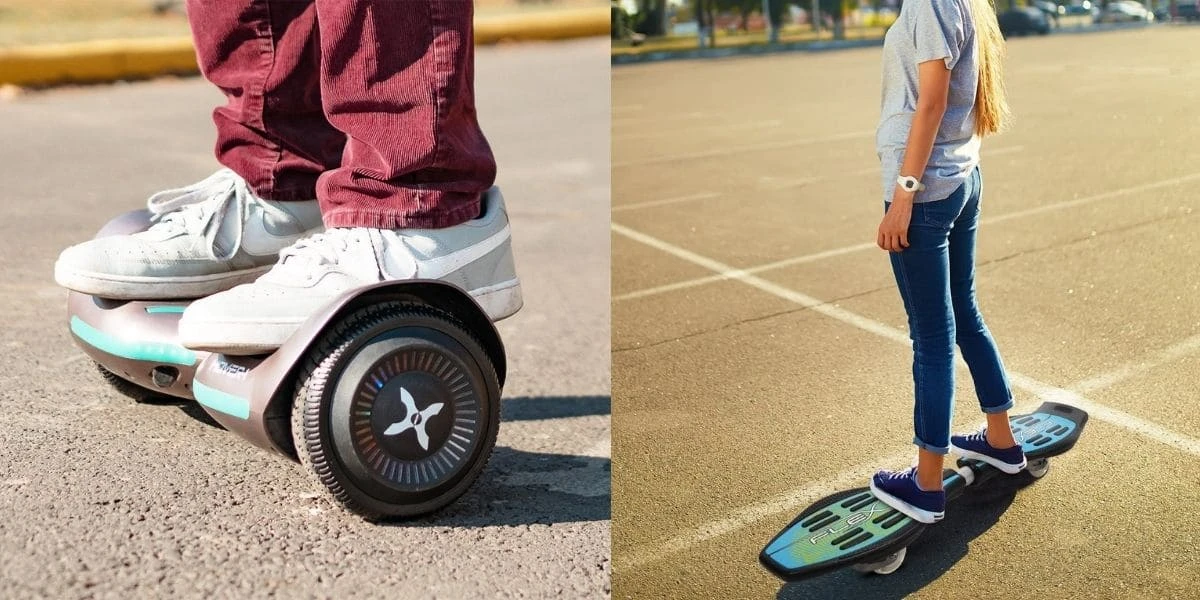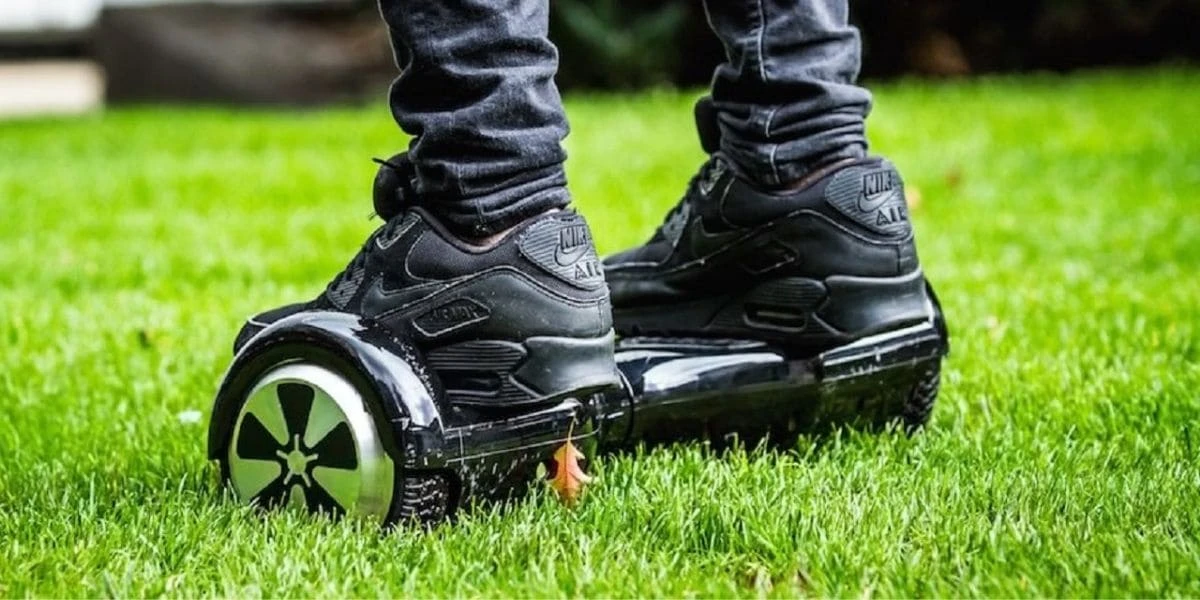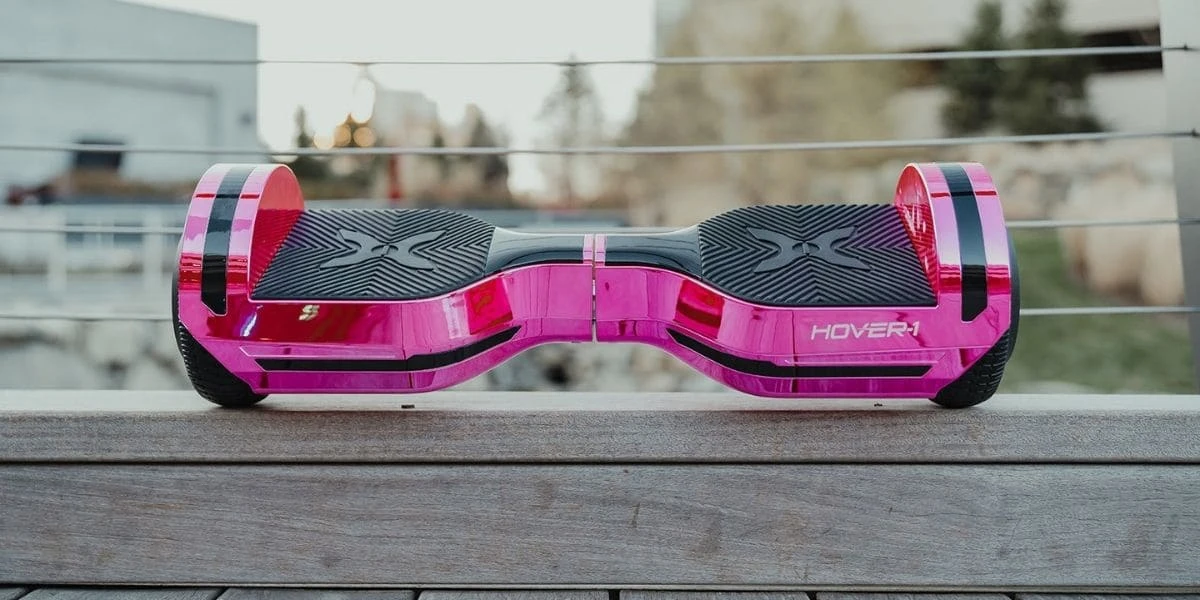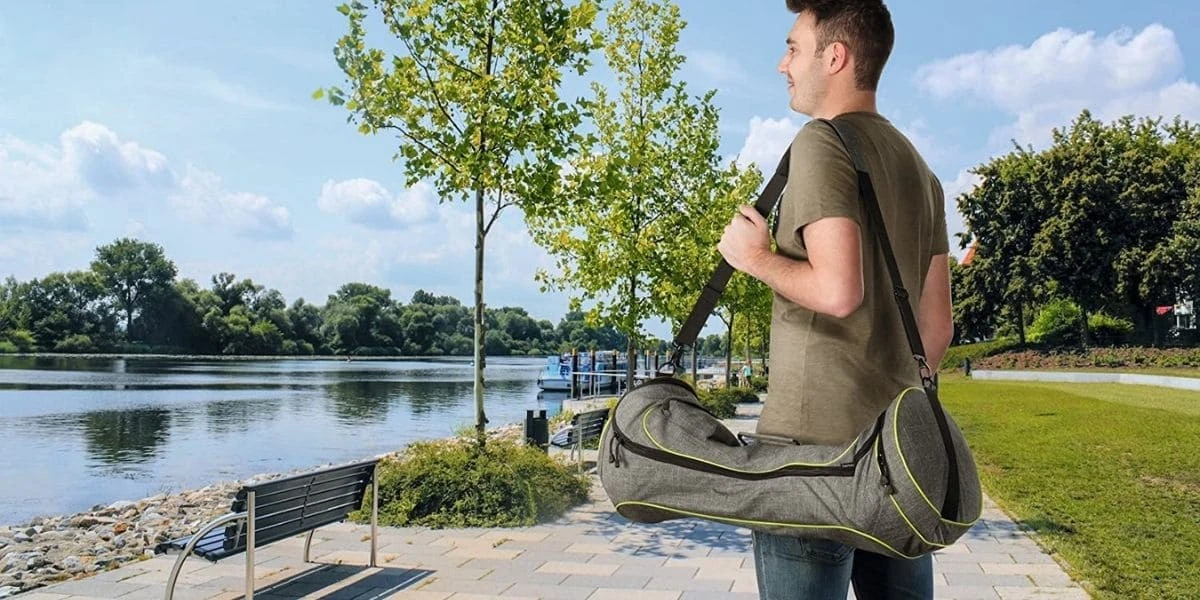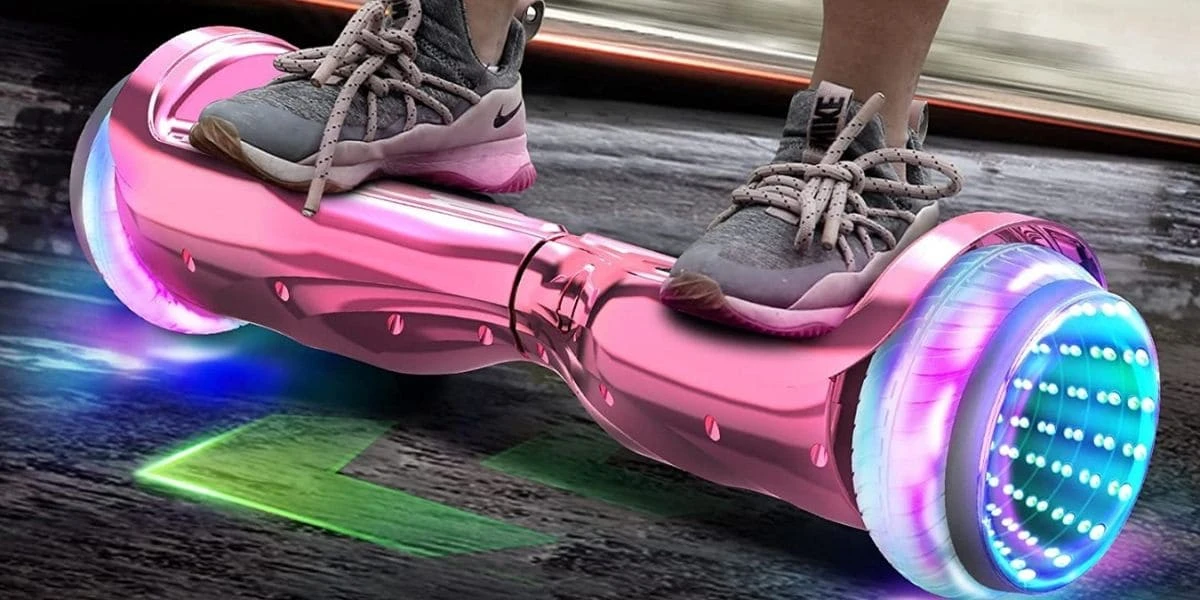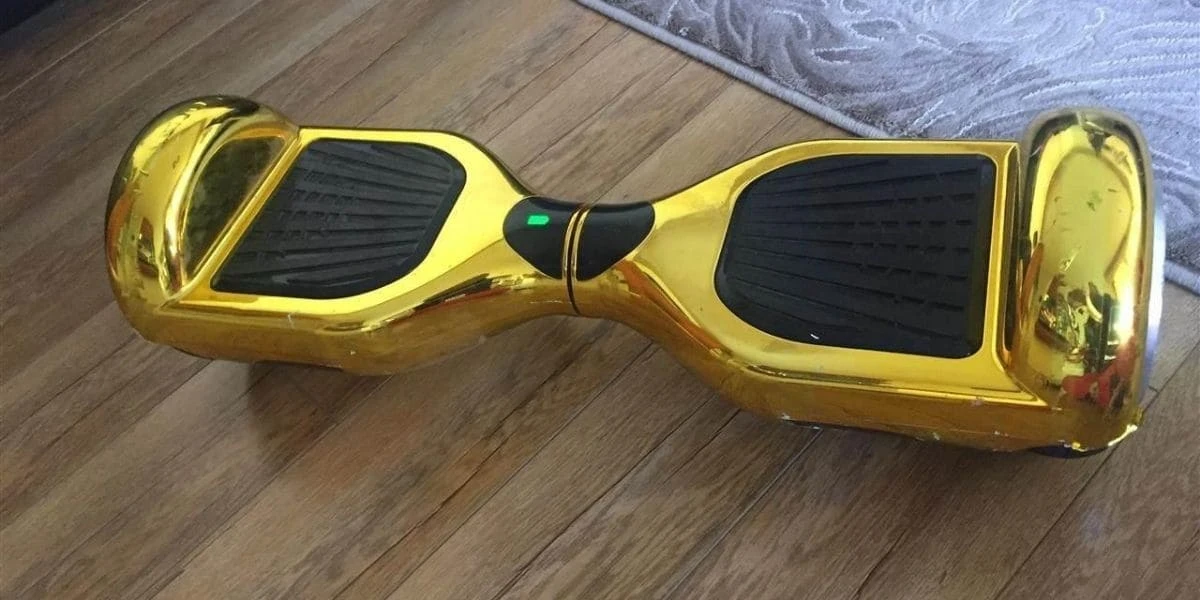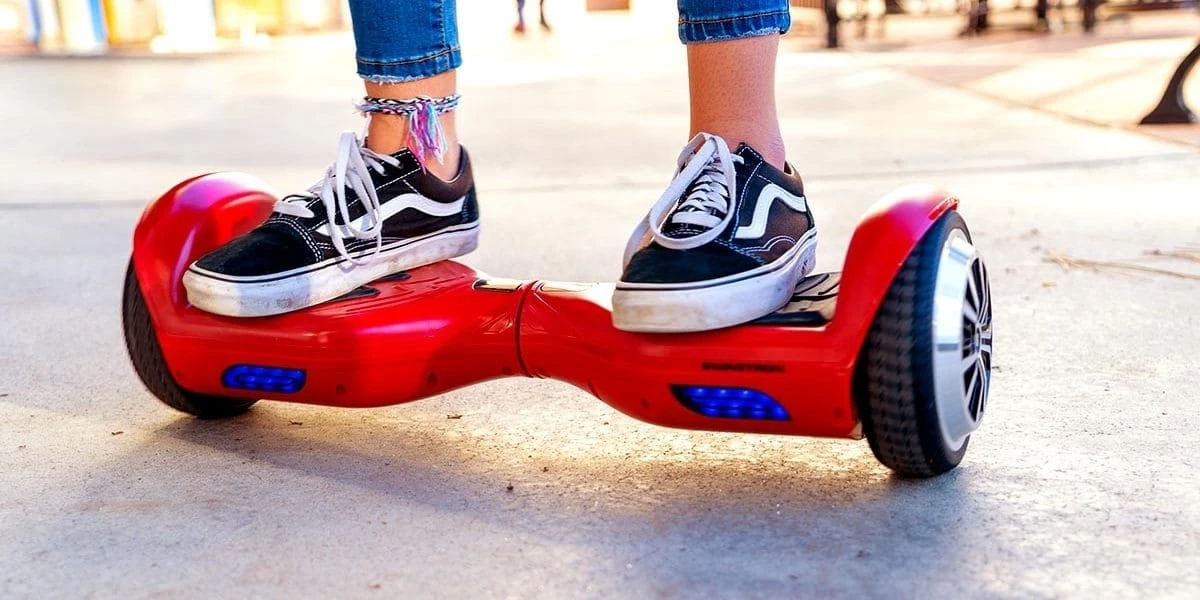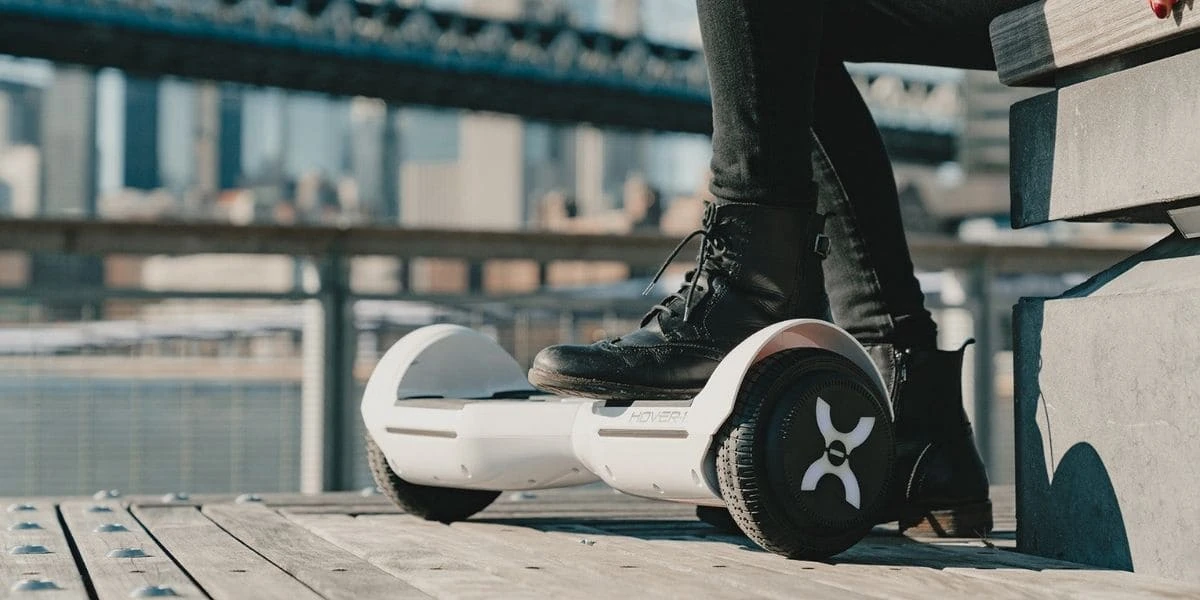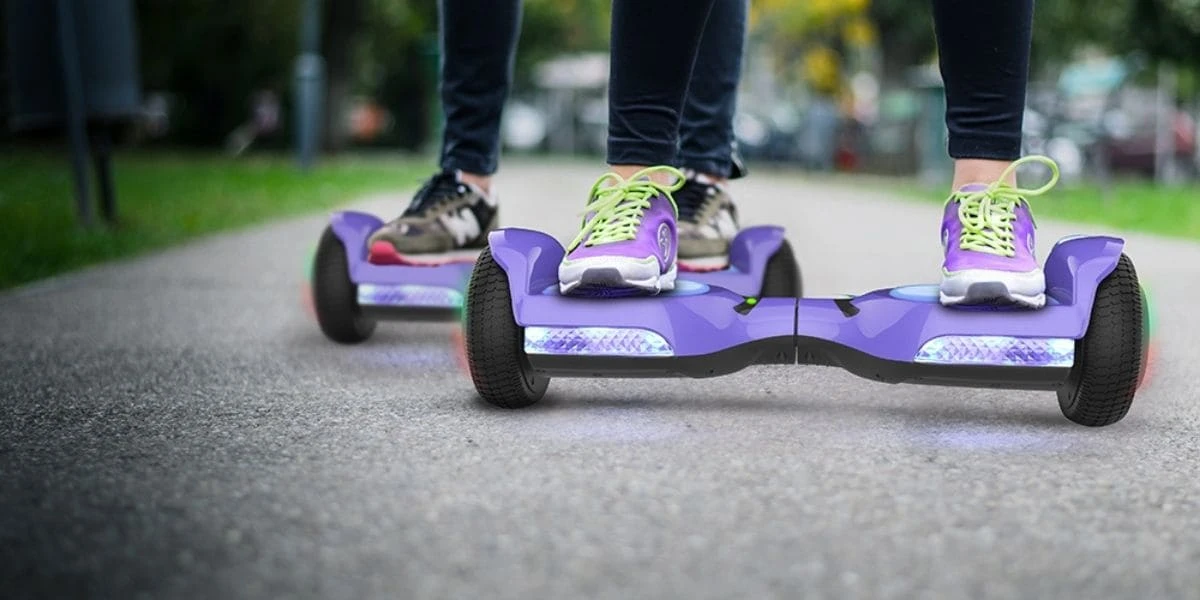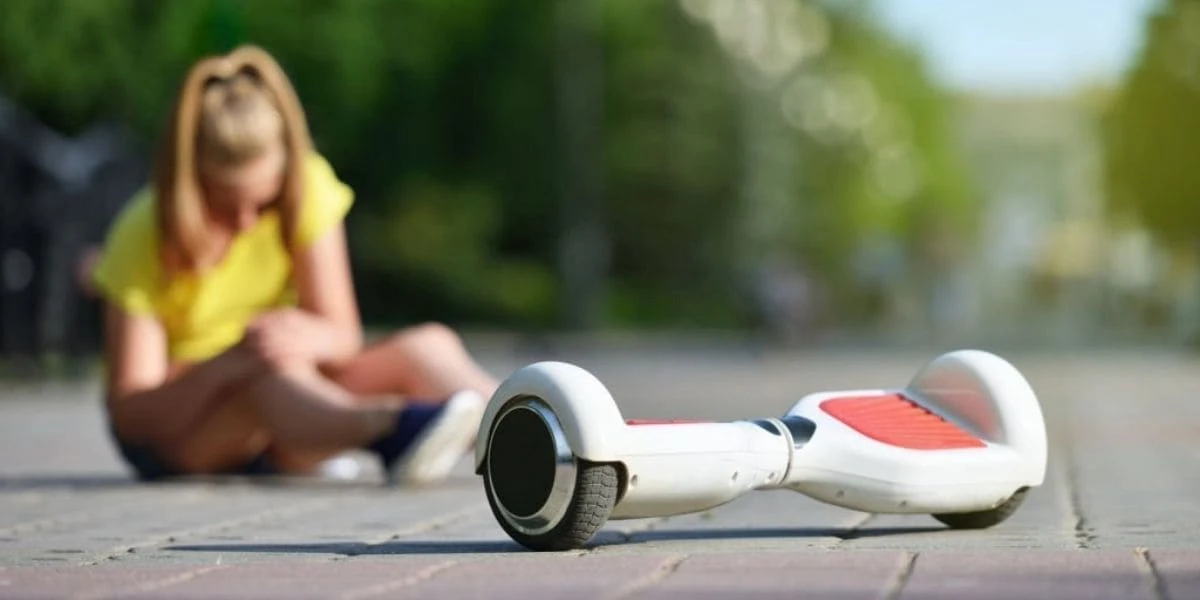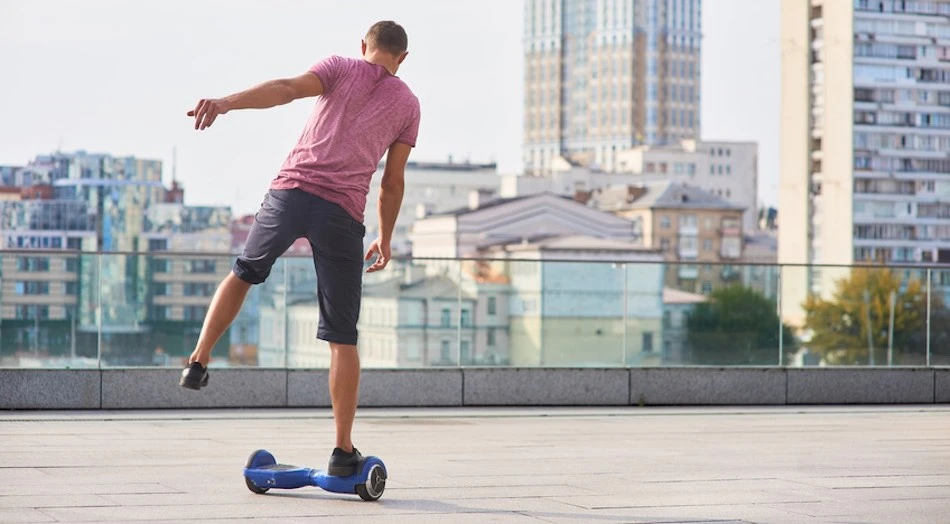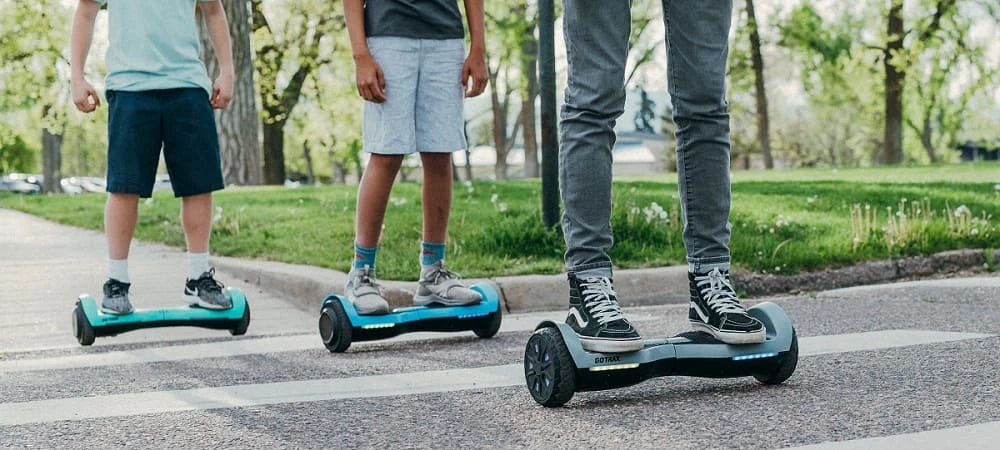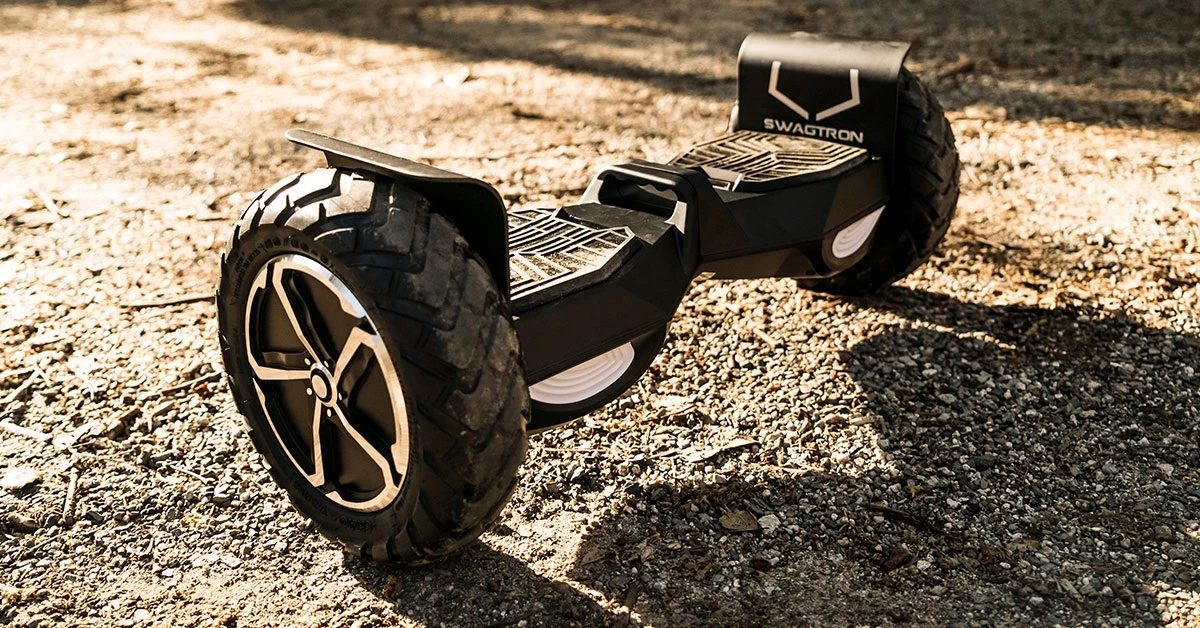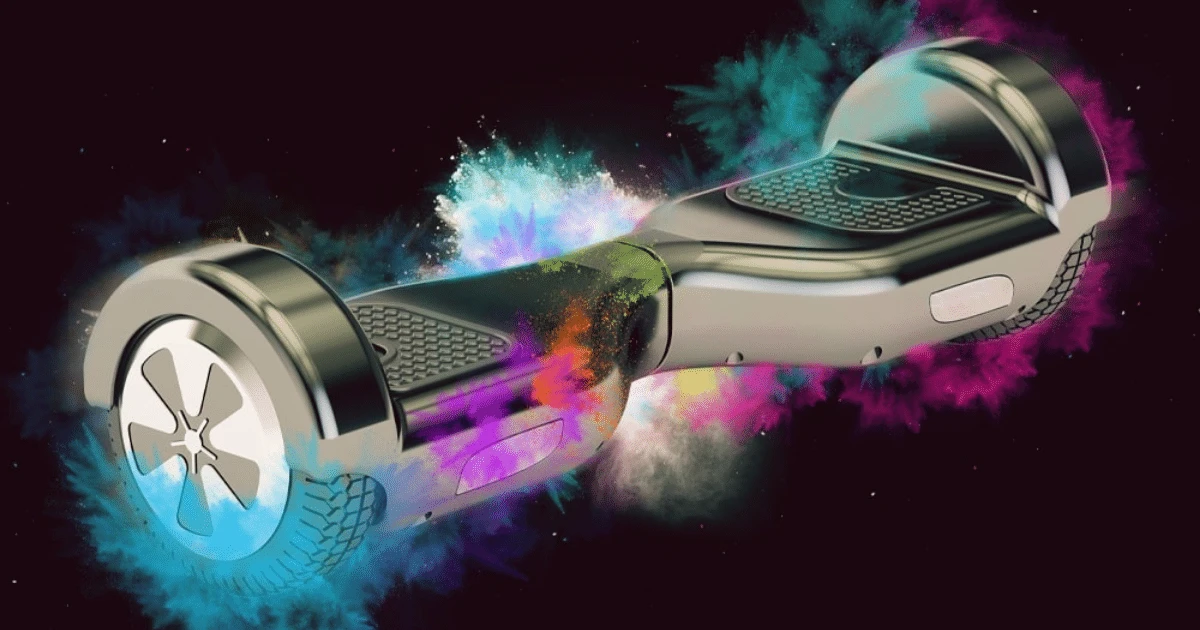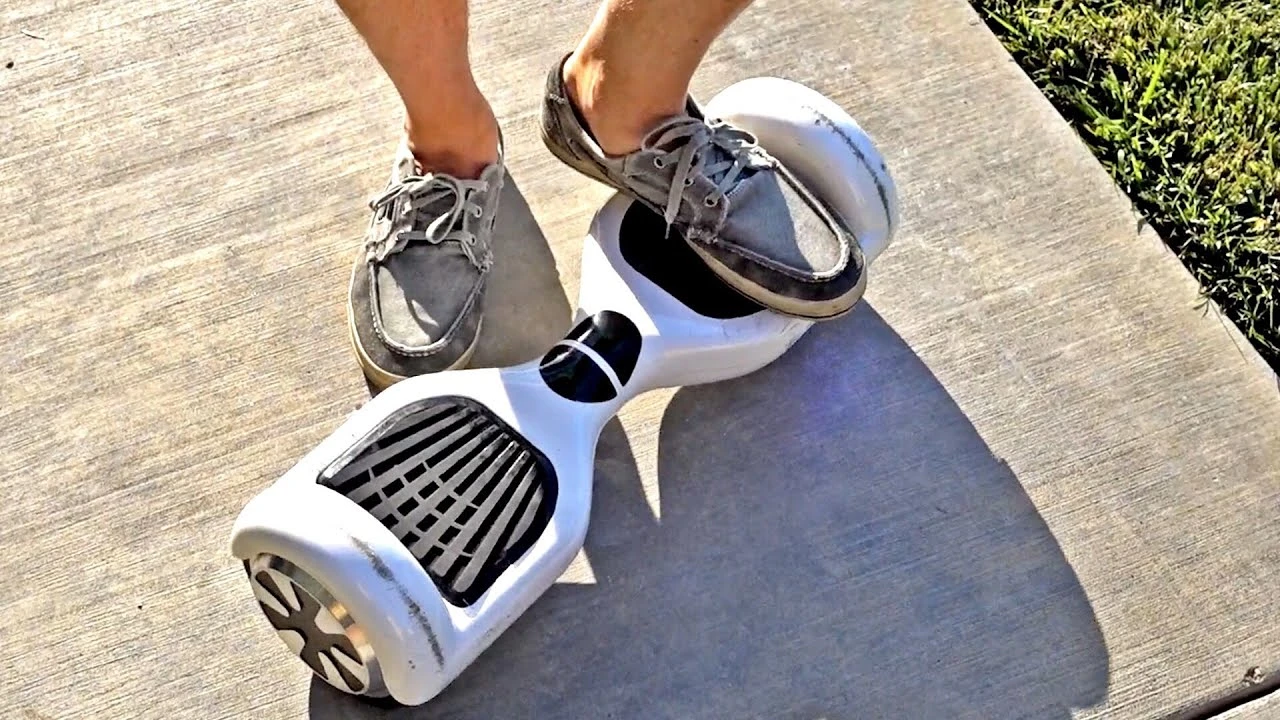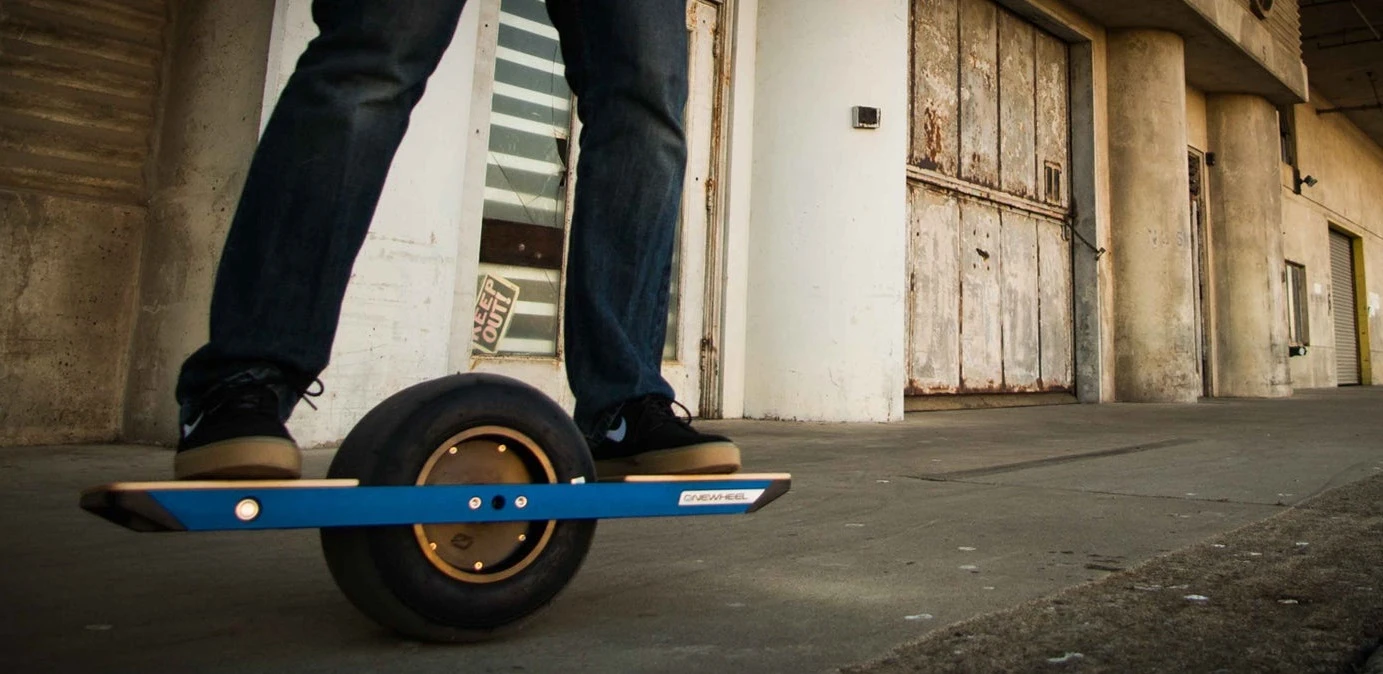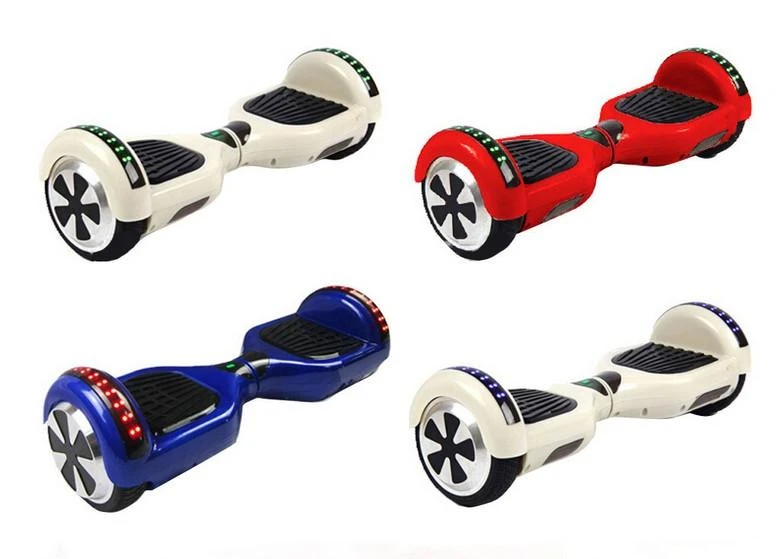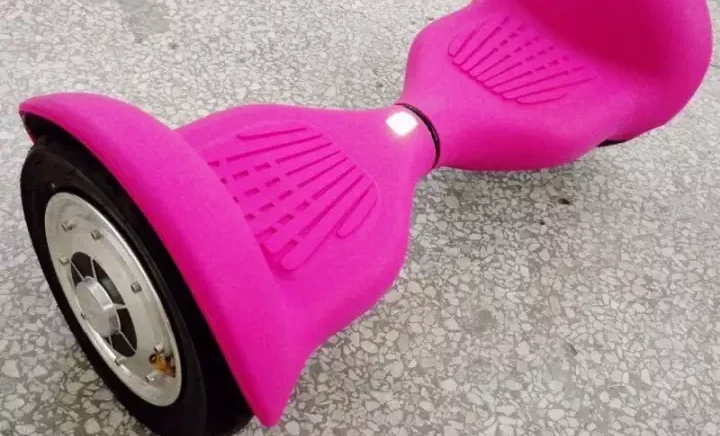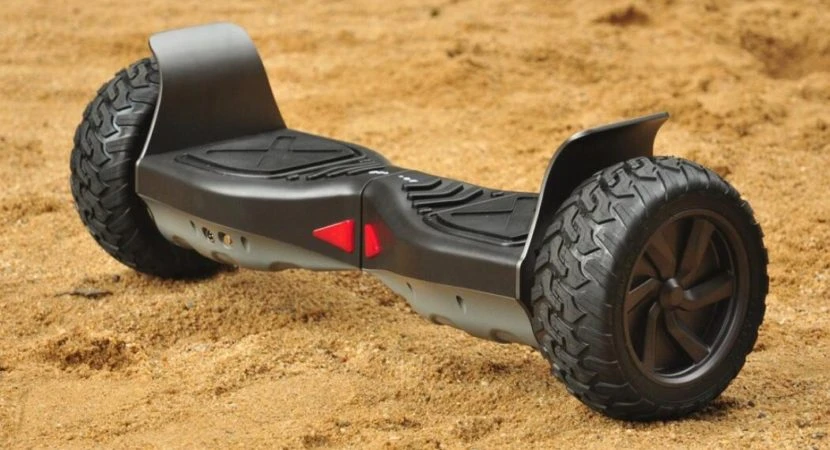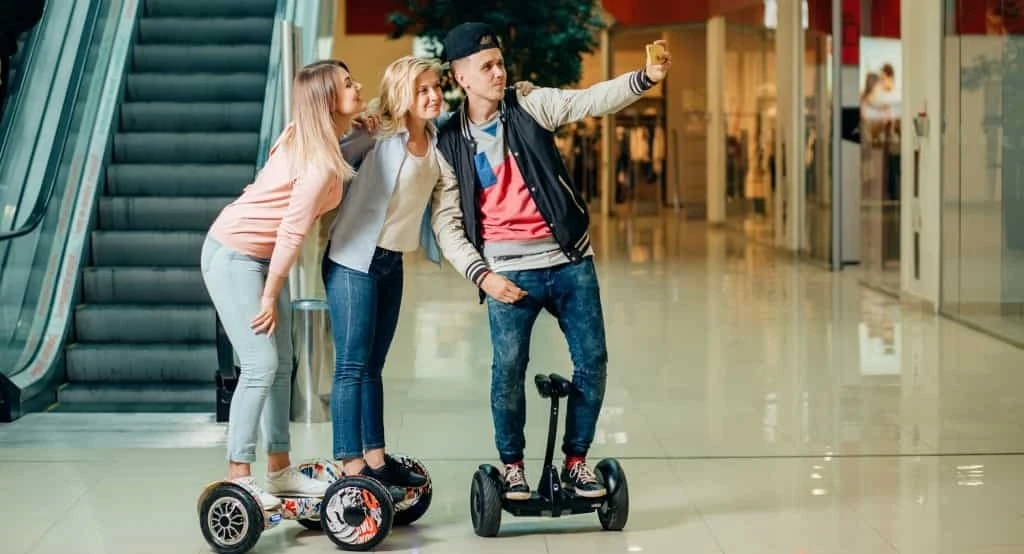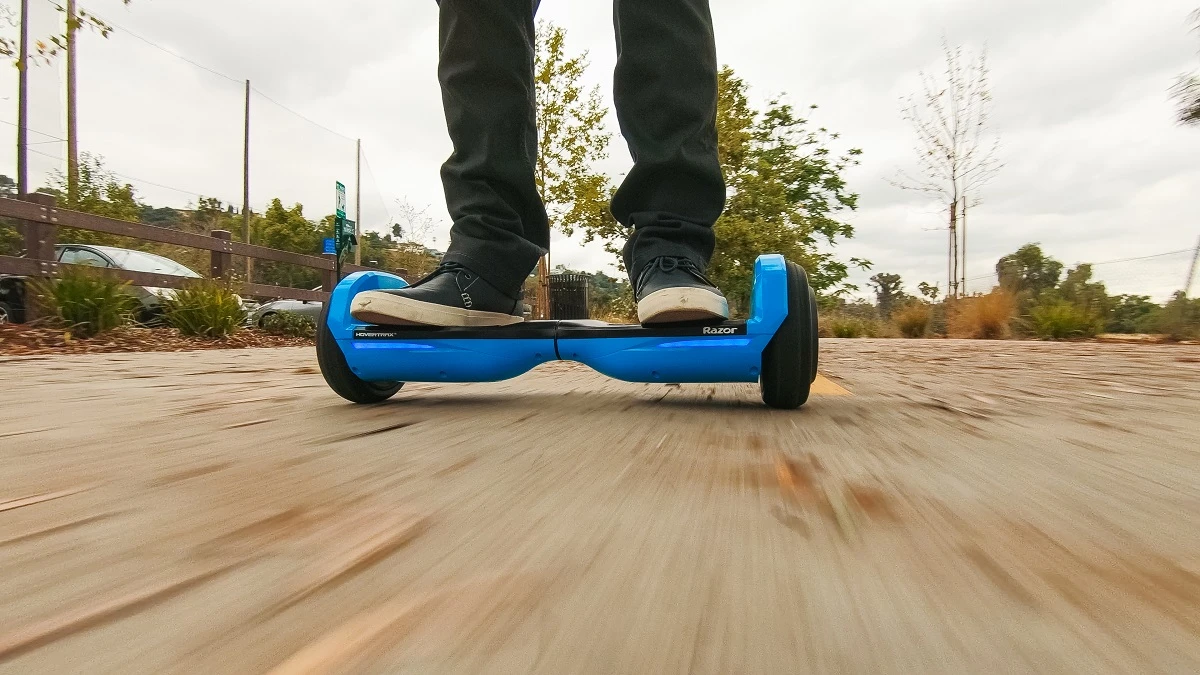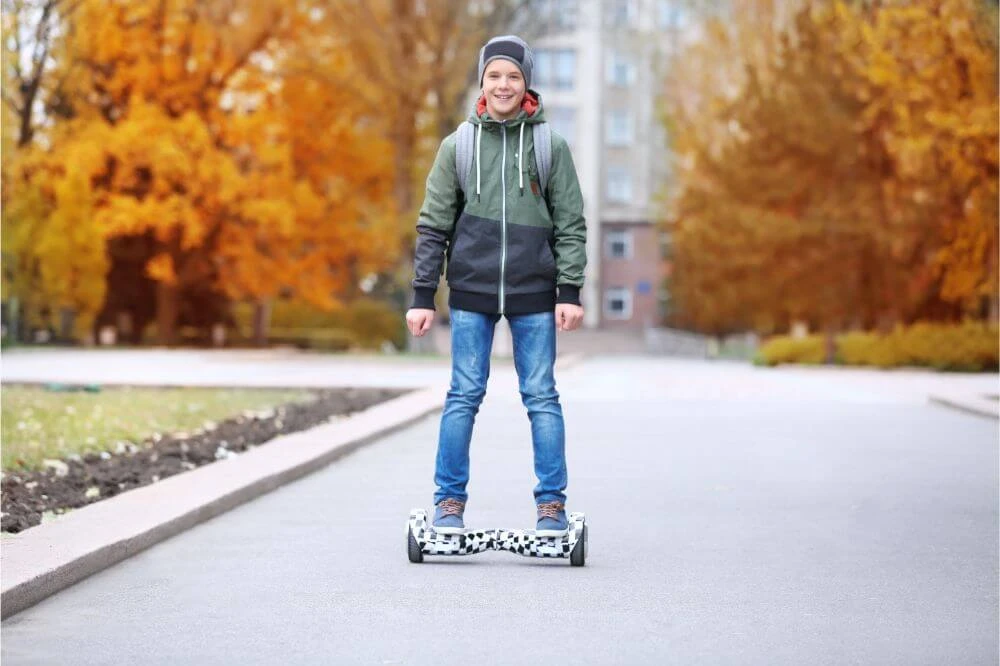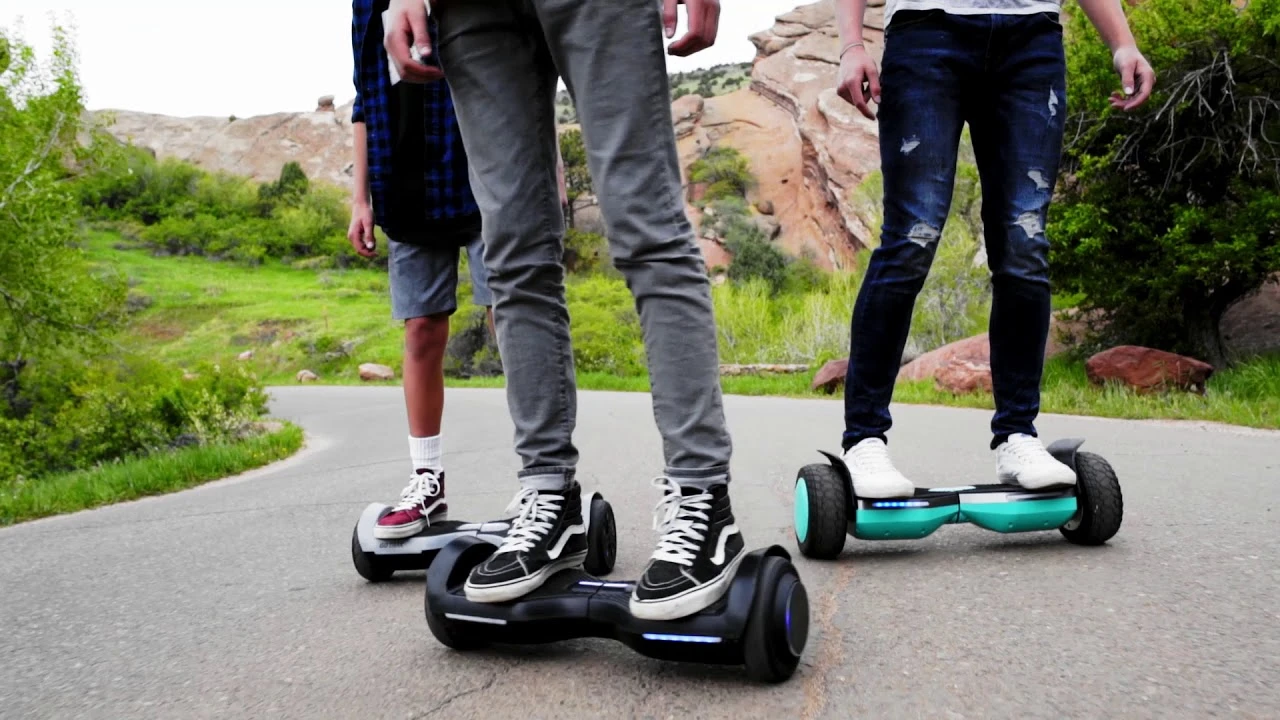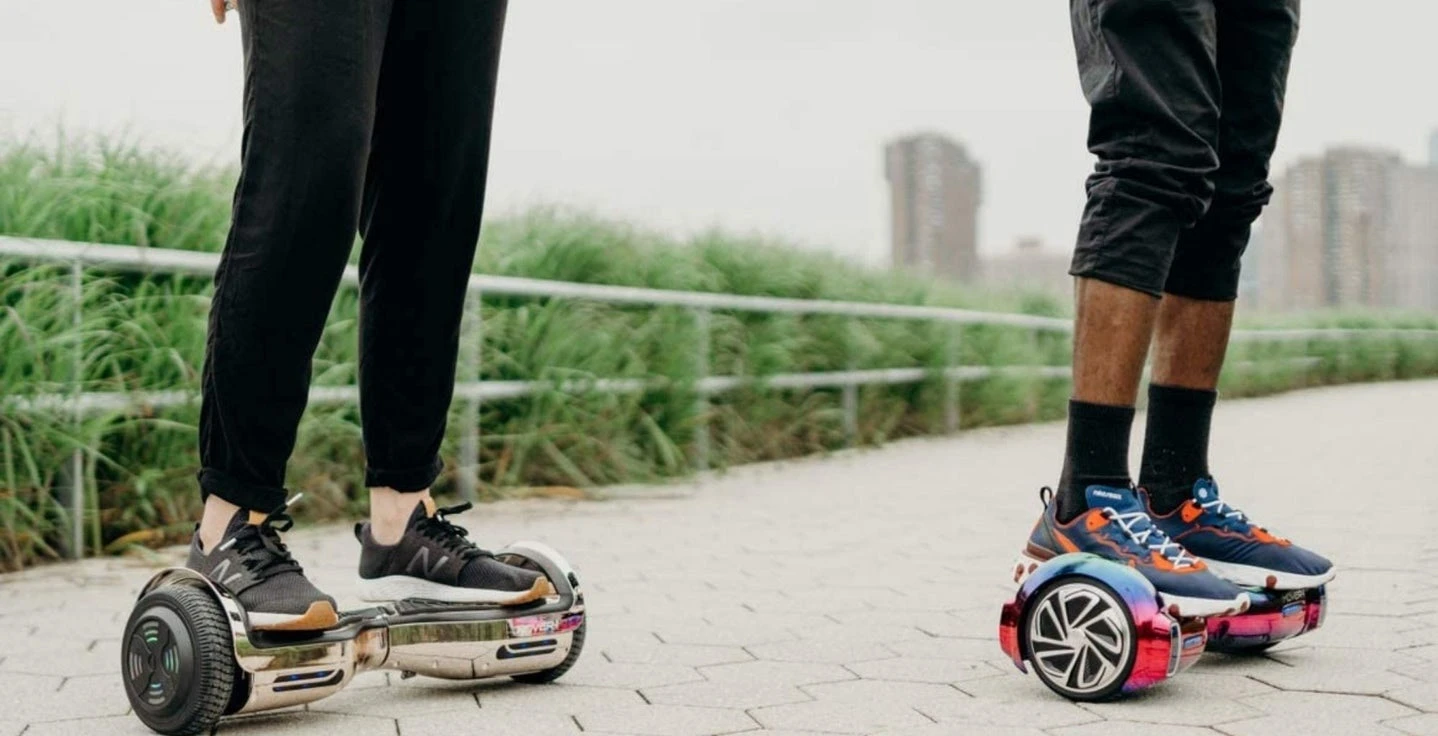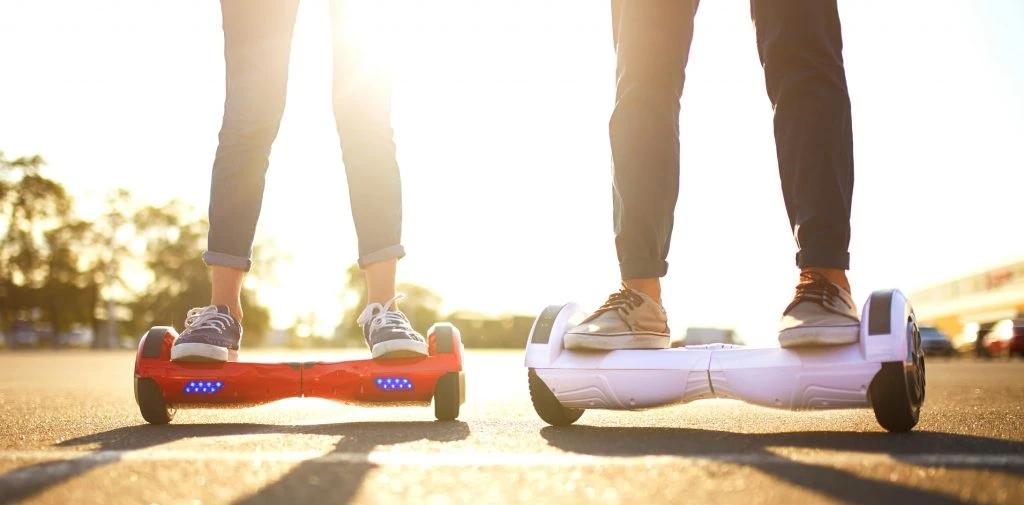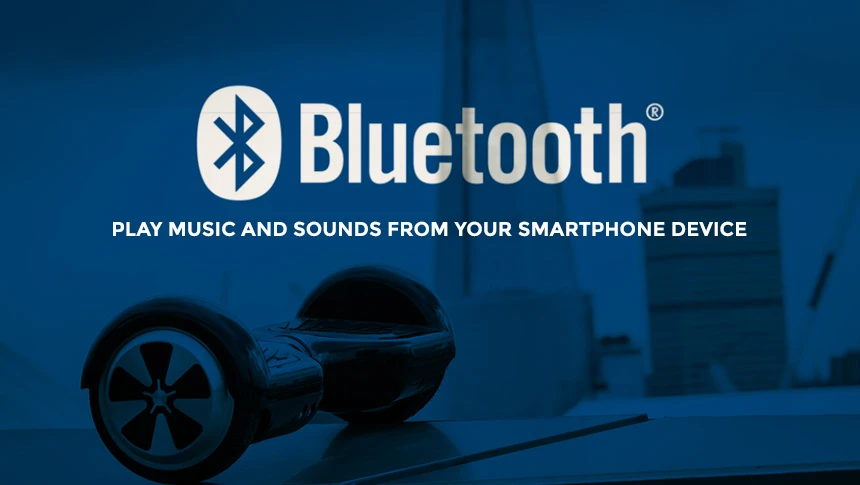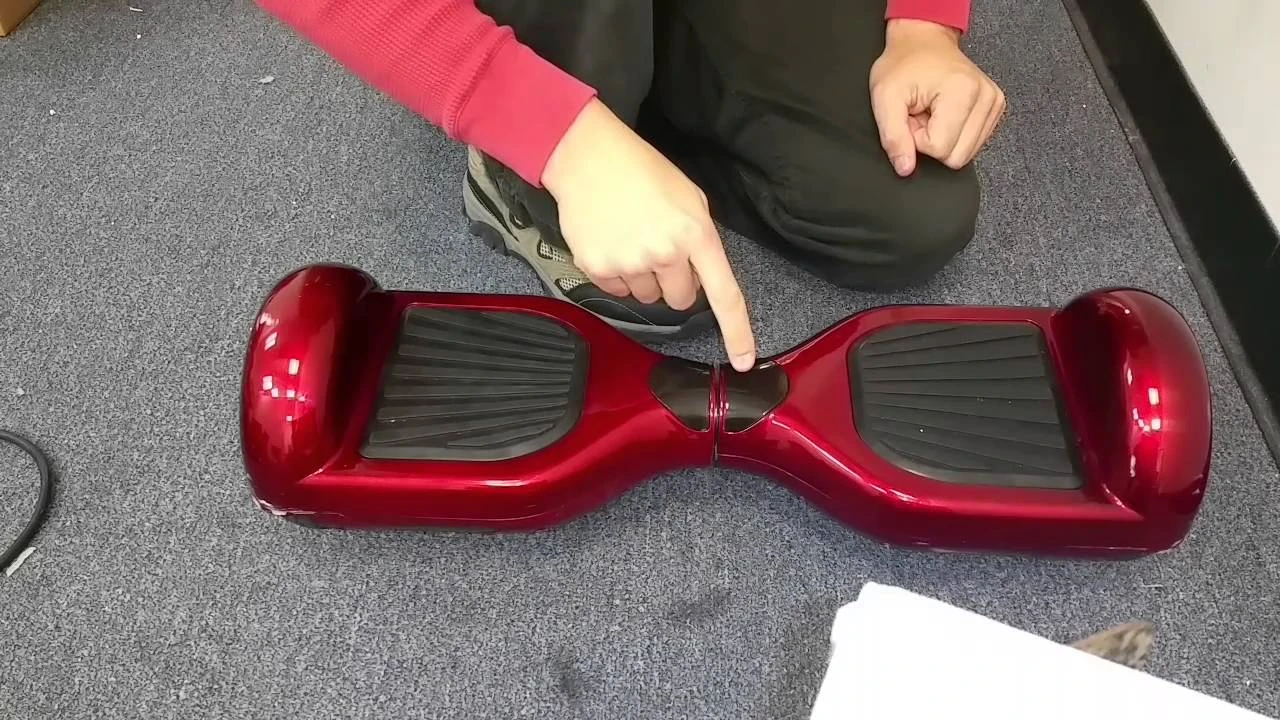HOW DOES A HOVERBOARD WORK YOU MUST KNOW

Image Credits: canva
Have you ever paused to think: How a hoverboard works? Today we will take a deeper dive into the internal workings of a hoverboard. Although hoverboards cannot “hover” or levitate”, they are still a miracle of science and technology. It is also interesting to learn in depth about the combination of technologies.
Components of a Hoverboard
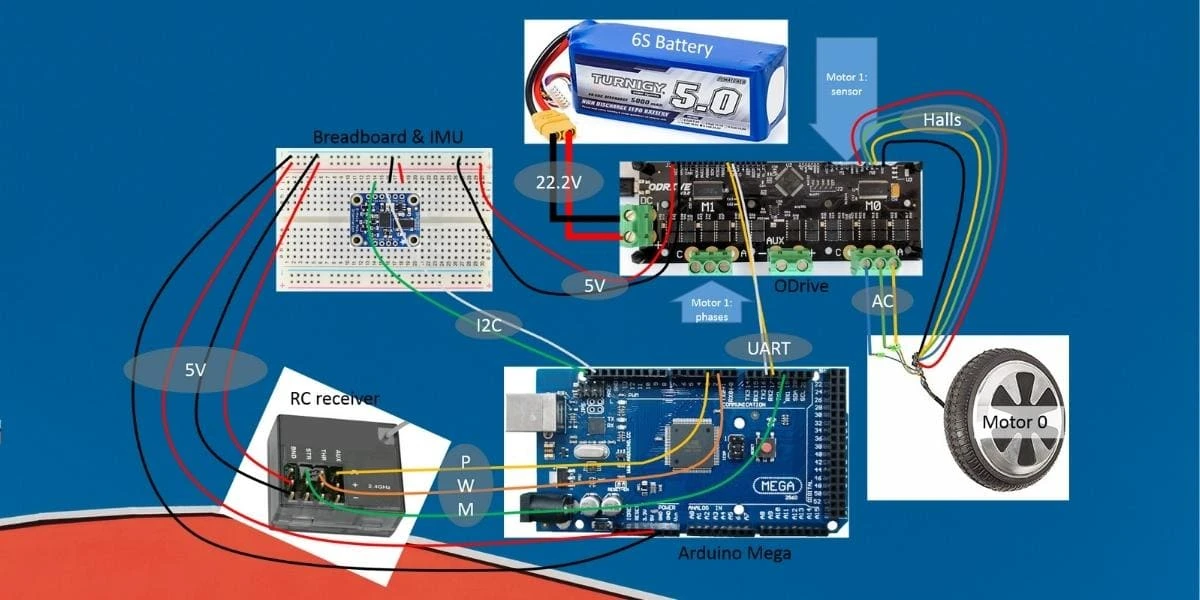
Image Credits : github
Hoverboards use a combination of various sensors and components to function. Before we talk about how hoverboards work, let us look into the different components of a hoverboard:
How to Move Forward and Backward
Each hoverboard wheel has its gyroscope, tilt, and speed sensor. When you mount the board and tilt it forward or backward, the gyroscope indicates to the logic board which way to move. The logic board transmits that data to the motor, which rotates the wheels and generates power for movement. The more you tilt, the faster you move.
How to Stop Your Hoverboard
The IR sensors and pressure pads placed below the foot platform send data to the logic board when you are not tilting, telling the logic board not to run the motor. Hence, the board won’t move.
How to Turn
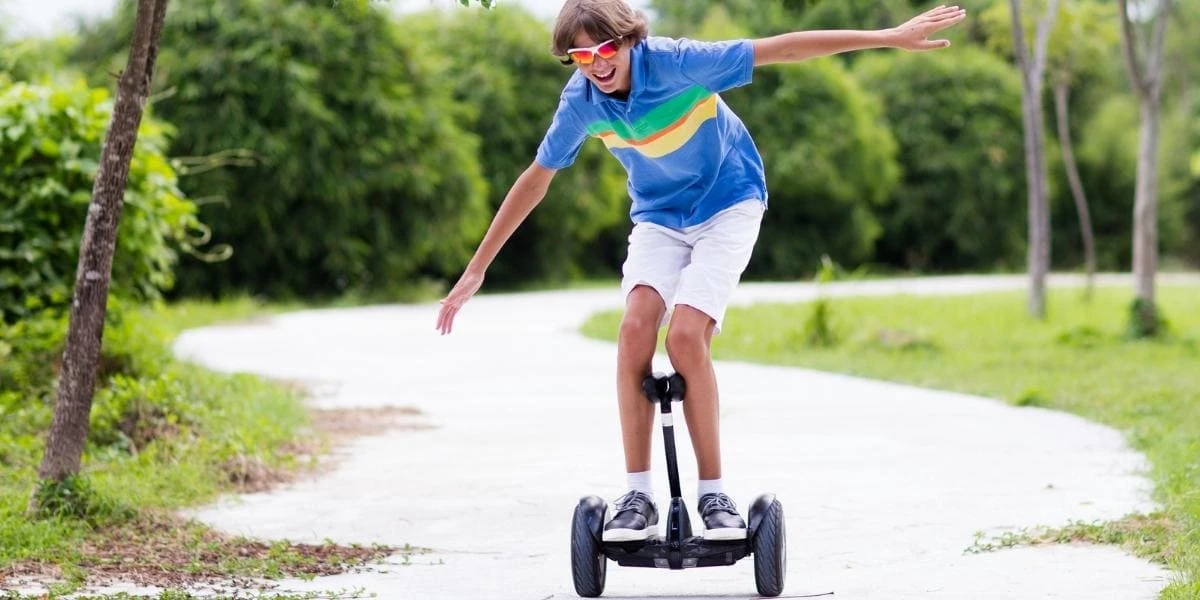
Image Credits : canva
Each wheel complies with its gyroscope to make turns. The rider needs to move the right leg ahead for a left turn, which will only move the right wheel. The motor of the left wheel will turn off, and you can turn left. Similarly, for a right turn, you should move your left foot ahead for the tilt.
Conclusion
We hope this article gives you an insight into the inner workings of a hoverboard. Also, we have discussed the major components of a hoverboard. So, now that you know the basics of a hoverboard, you can get one to go on your little adventure!
FAQs:
Related reviews & buying guide
